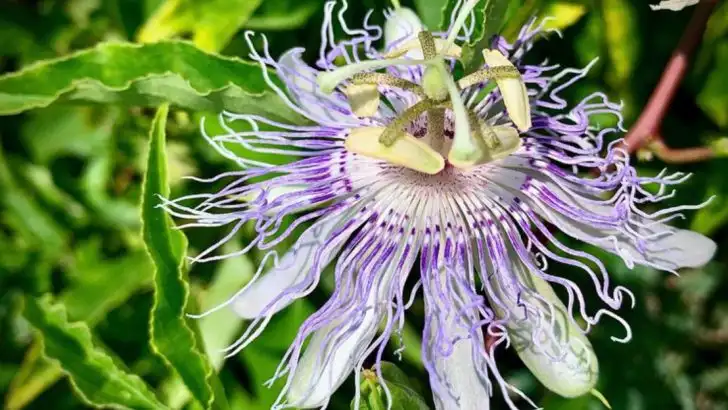Tropical beauty doesn’t have to mean tropical effort. Some of the most striking, exotic-looking flowers are surprisingly easy to grow—even in average garden conditions. In fact, many of them spread fast, bloom boldly, and thrive with little care, just like weeds.
These plants bring the drama: vivid colors, unusual shapes, and lush textures that turn heads. But behind their showy looks is a rugged, low-maintenance nature that makes them perfect for gardeners who want wow-factor without the work.
In this article, we spotlight 16 flowers that deliver big visual impact with minimal input. If you’ve ever wanted a garden that looks like a tropical escape—but behaves like a wildflower meadow—these are the plants for you.
Passionflower
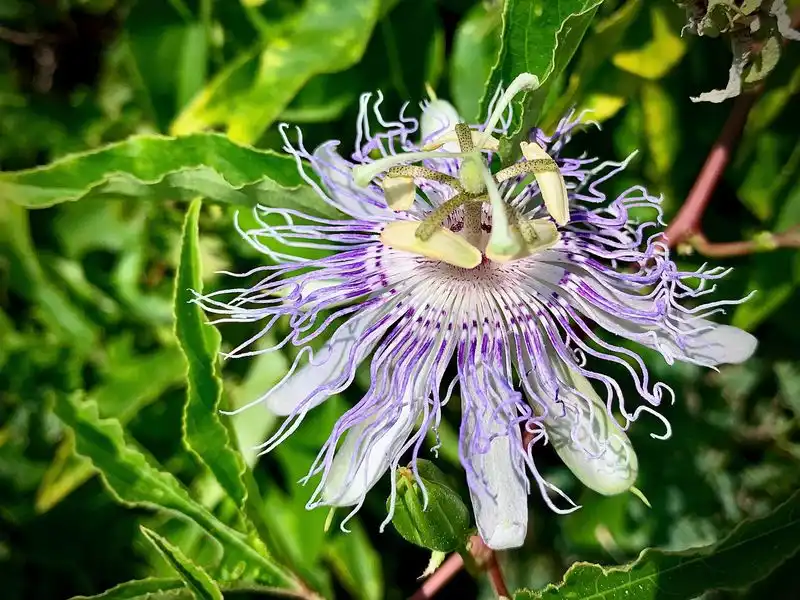
The passionflower captivates with its strikingly elaborate blossoms that look like they belong in a tropical paradise. Despite its exotic facade, this vine has a rebellious streak, sprawling across fences and arbors with ease. Once planted, it takes little encouragement to grow, weaving its way through your garden.
Its tendrils latch onto anything they can find, ensuring it remains a steadfast presence. Originating from South America, the passionflower is more than just a pretty face. It’s known for its calming properties, making it a delightful addition to both your garden and herbal tea collection.
Goldenrod
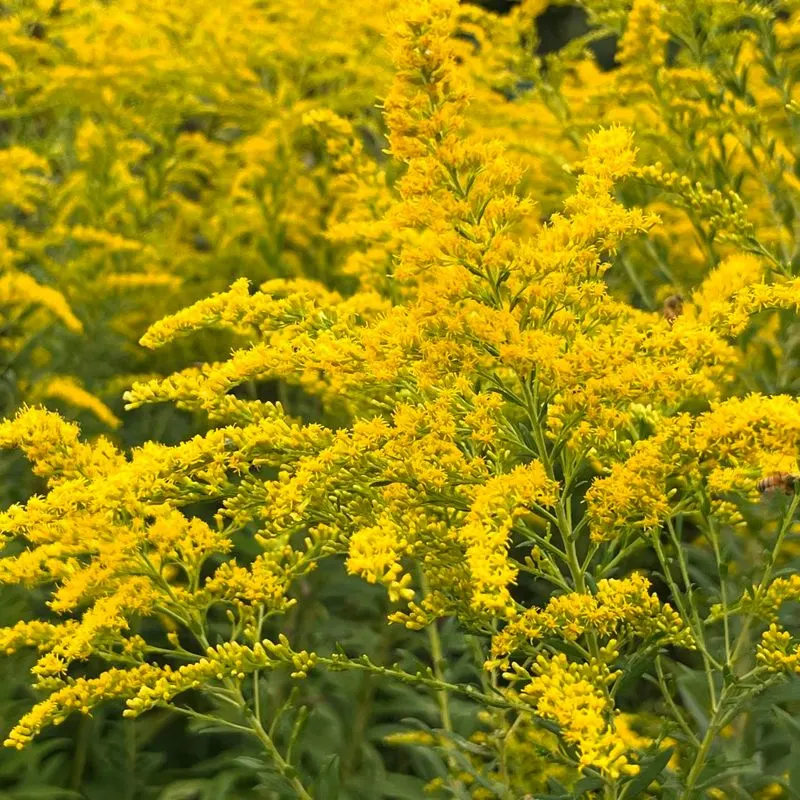
Goldenrod might remind you of wild meadows, but these sunny plumes are far more adaptable than they appear. With an uncanny ability to thrive in poor soil, goldenrod can take over any landscape with its golden charm. Its bright yellow flowers attract pollinators, ensuring a lively garden scene.
This plant’s resilience is matched by its beauty, making it a favorite among low-maintenance gardeners. Often mistaken for causing allergies, goldenrod is innocent in that regard, adding yet another reason to welcome its cheerful presence. It’s the epitome of grace meets endurance.
Crown Vetch
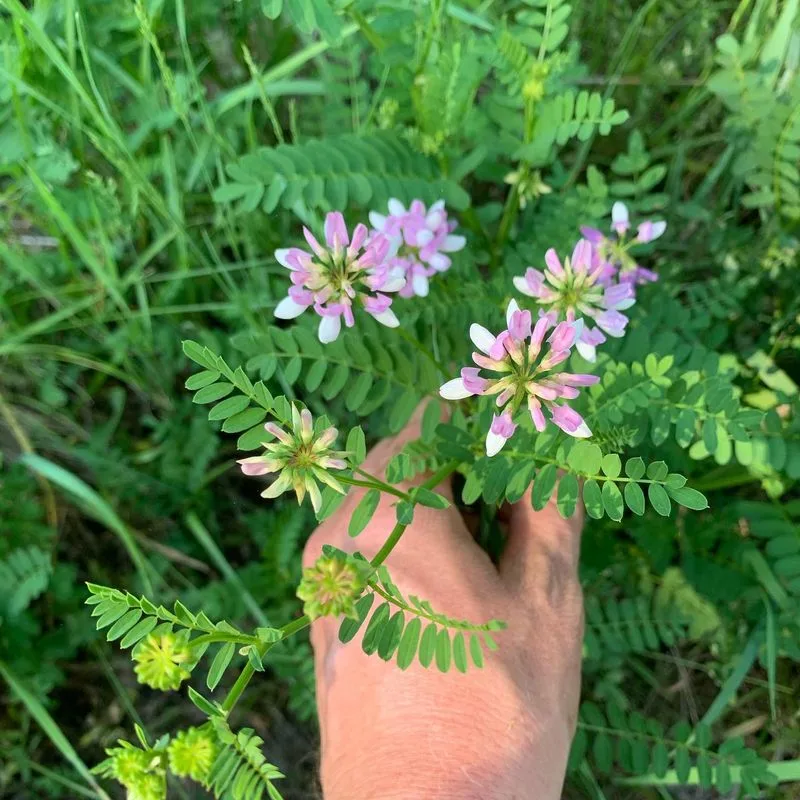
Crown vetch might be a familiar sight along highways, but its delicate flowers offer a surprising elegance. This perennial is a ground cover champion, spreading quickly with its feathery foliage and charming pink blooms.
Perfect for erosion control, crown vetch thrives where other plants struggle. Its adaptability is matched by its tenacity, making it a beloved choice for gardeners seeking a no-fuss addition. While it may not demand much attention, it rewards with a sea of soft color, transforming bare patches into vibrant displays of nature’s artistry.
Queen Anne’s Lace

Resembling a lace doily left by a fairy, Queen Anne’s Lace adds an ethereal touch to any garden. Despite its delicate appearance, it’s a hardy biennial that cheerfully self-seeds, ensuring its return year after year.
Its umbrella-like clusters of tiny white flowers are both charming and versatile, fitting into wildflower gardens and formal borders alike. Often found gracing the roadsides, this plant’s versatility and resilience highlight why it’s cherished by gardeners who appreciate effortless beauty. With minimal care, it promises a picturesque addition to any outdoor space.
Wild Rose
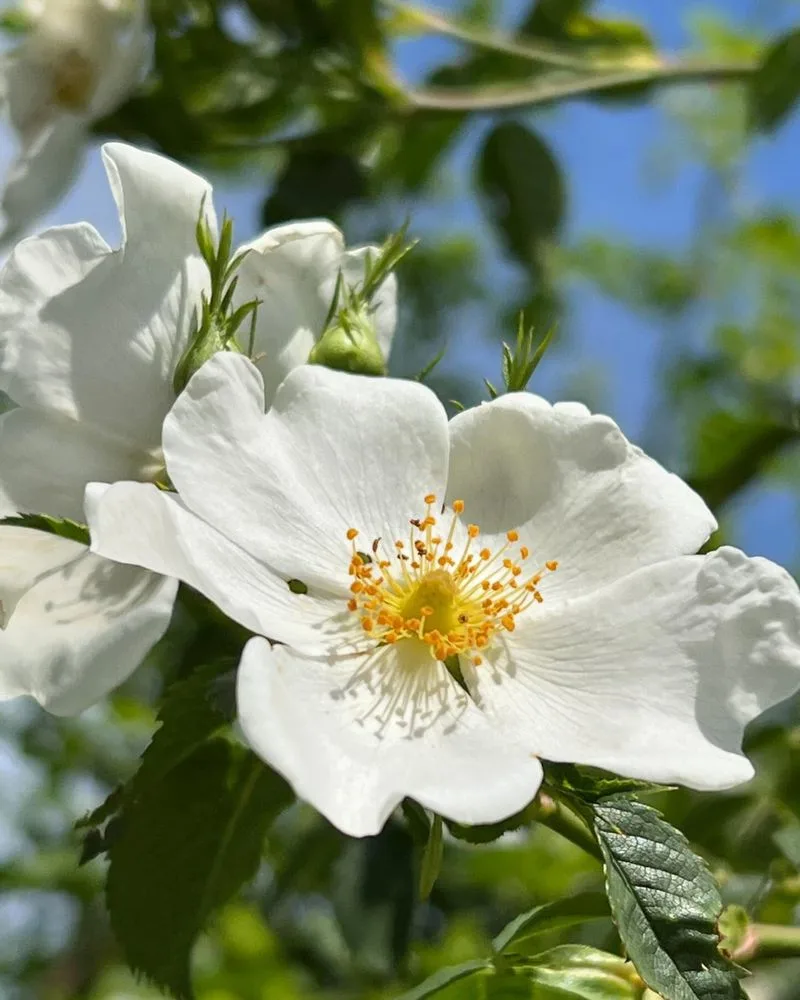
The wild rose is the embodiment of untamed beauty, with its delicate pink petals and sweet fragrance. Despite its refined look, this shrub thrives with minimal care, often found flourishing in unexpected places.
Its thorny canes are robust, allowing it to establish quickly in a variety of conditions. More than just a visual treat, wild roses offer hips rich in vitamin C, providing both aesthetic and health benefits. It’s a testament to nature’s ability to blend beauty and utility in a single plant, charming anyone who encounters it.
Butterfly Weed
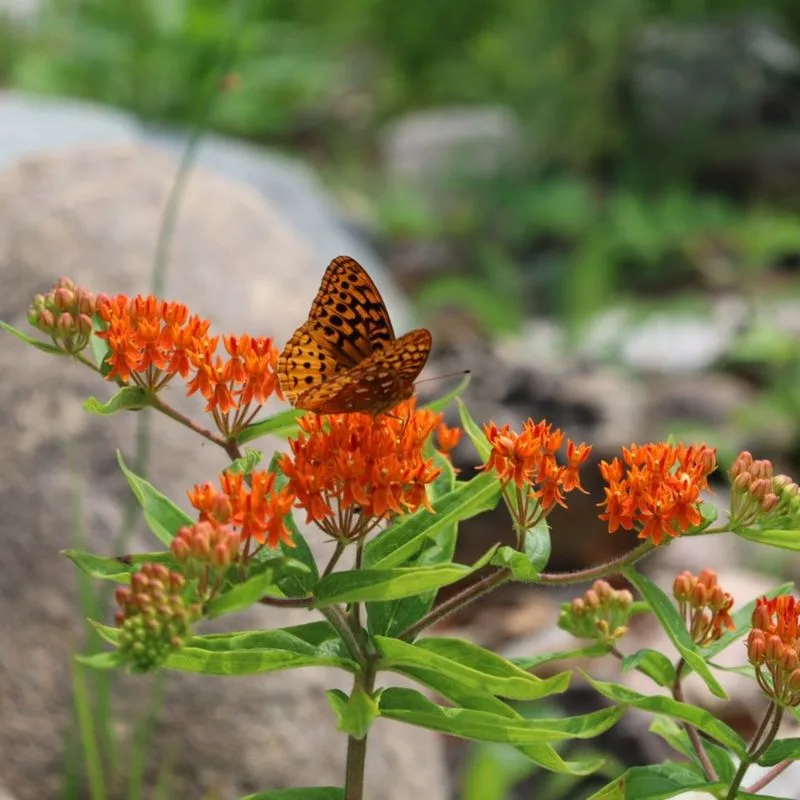
Butterfly weed lives up to its name, drawing in butterflies with its vibrant orange blossoms. This native North American plant is as resilient as it is vibrant, thriving in a range of soils and conditions.
It brings a splash of color to any garden, requiring little maintenance while supporting pollinators. Its drought-tolerant nature makes it a preferred choice for gardeners looking for a splash of color without the fuss. Each summer, the garden becomes a lively dance of butterflies, attracted by this plant’s irresistible allure.
Oxeye Daisy
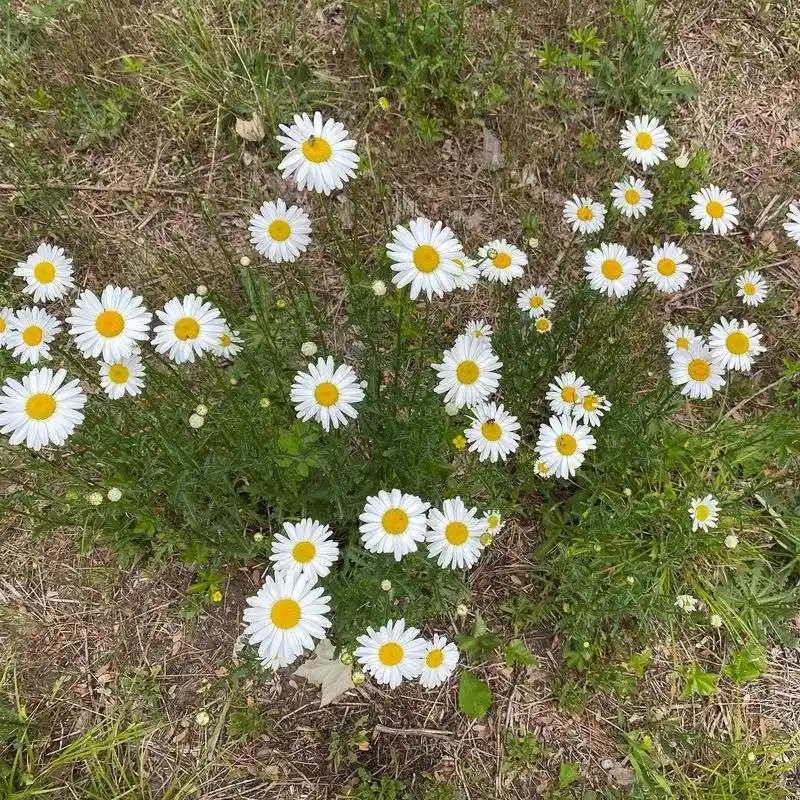
With its cheerful faces, the oxeye daisy evokes memories of childhood summers spent in open fields. Its white petals encircle sunny centers, embodying simplicity and charm.
This European native is a prolific self-seeder, spreading with little effort across various landscapes. It’s the quintessential wildflower, gracing fields and gardens with its unassuming beauty. Known for its adaptability, the oxeye daisy can thrive in poor soil, making it a steadfast companion in any setting. Its carefree nature ensures a perennial return of its delightful blooms.
Chicory

Chicory, often seen lining country roads, adds a pop of sky-blue to the landscape. Its dainty flowers open with the sun, closing by afternoon, a daily spectacle of nature’s timing.
This hardy perennial thrives in challenging conditions, from roadside gravel to garden beds. Beyond its visual appeal, chicory root is known for its coffee-like flavor when roasted, a culinary secret waiting to be explored. Its presence in a garden can be both ornamental and practical, offering a splash of color and a hint of culinary adventure.
Evening Primrose
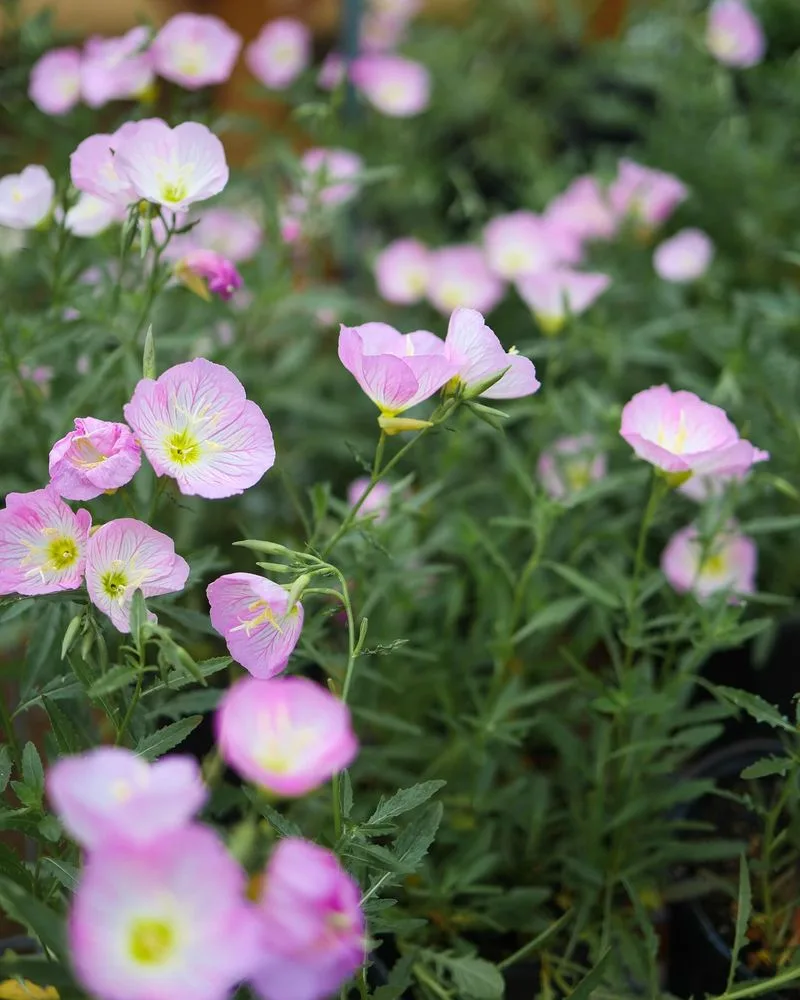
As the sun sets, evening primrose unveils its delicate yellow blooms, offering a serene glow to the twilight garden. This biennial is known for its night-blooming flowers that attract pollinators like moths and bats.
Despite its fragile look, it thrives with minimal care, often found growing in sandy or rocky soils. Its seeds are a source of valuable oil, adding another layer of allure to this versatile plant. With its gentle presence, evening primrose enchants gardens, providing both beauty and ecological benefits.
Black-eyed Susan
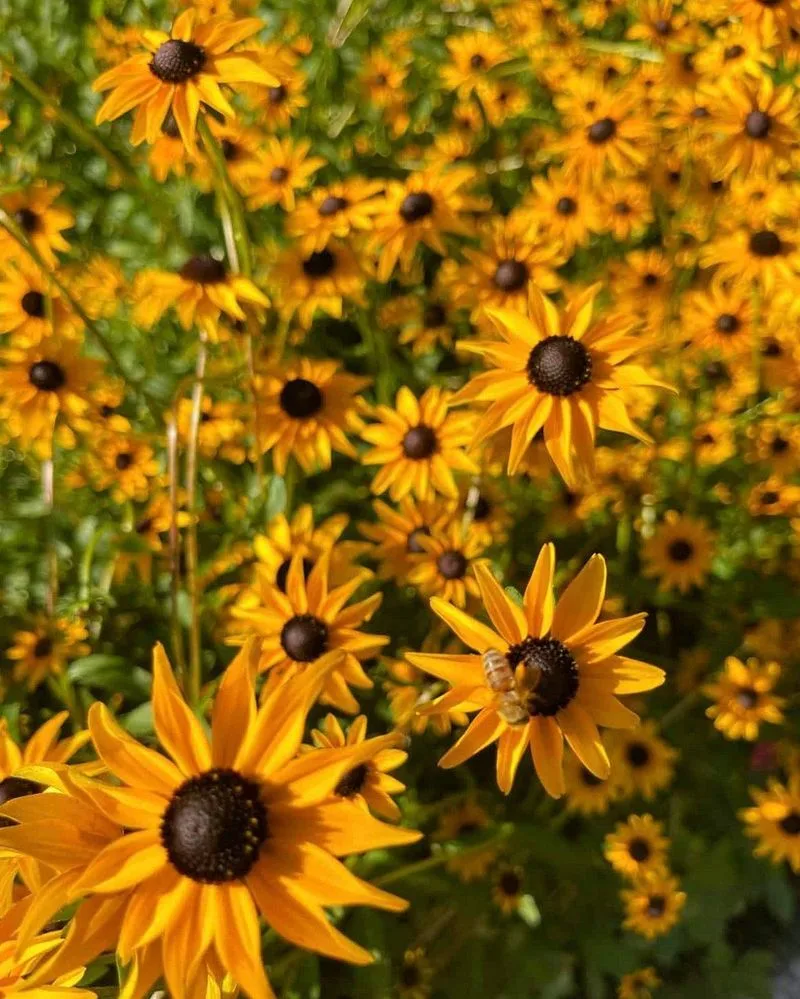
Black-eyed Susans beam with sunshine, their golden petals radiating warmth throughout the garden. This North American native is a robust perennial, thriving in various conditions from prairies to gardens.
Their dark, central cones contrast beautifully with the bright petals, creating a striking visual. Easy to grow and maintain, these flowers attract pollinators, contributing to a lively ecosystem. They spread joy effortlessly, ensuring a perennial return of their sunny disposition. It’s hard not to smile when greeted by their cheerful presence each summer.
Nasturtium
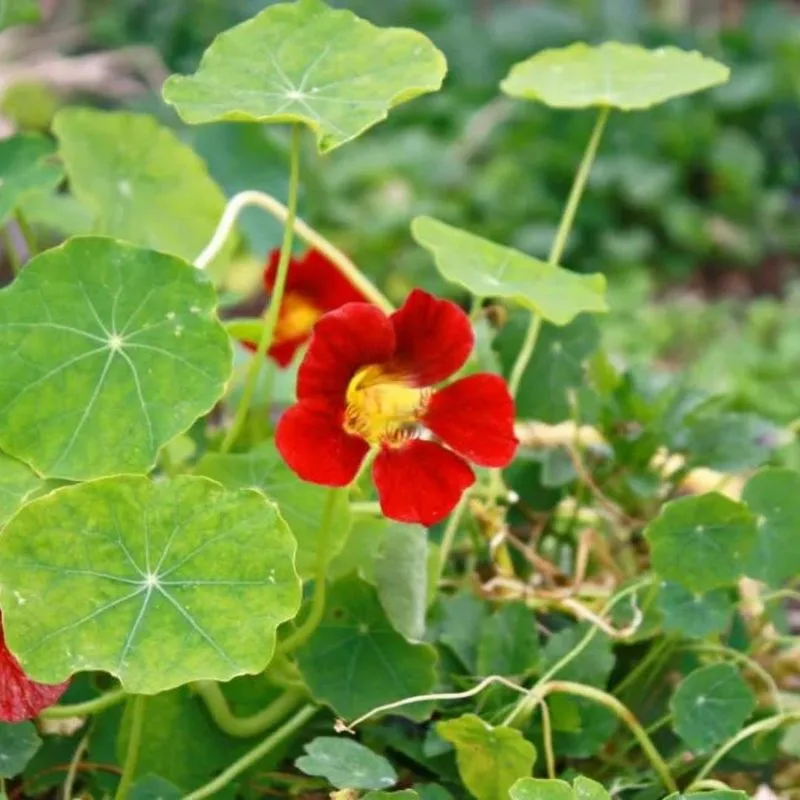
Nasturtiums bring a fiery cascade of color with their warm-hued blossoms and sprawling nature. Easy to grow from seed, they thrive in poor soil, making them a staple in both ornamental and edible gardens.
Their peppery leaves and flowers add zest to salads, combining beauty and function seamlessly. As they meander through the garden, nasturtiums repel pests, standing as a natural guardian. Their vibrant display and multifaceted uses make them a favorite among gardeners seeking both flair and practicality.
Dandelion
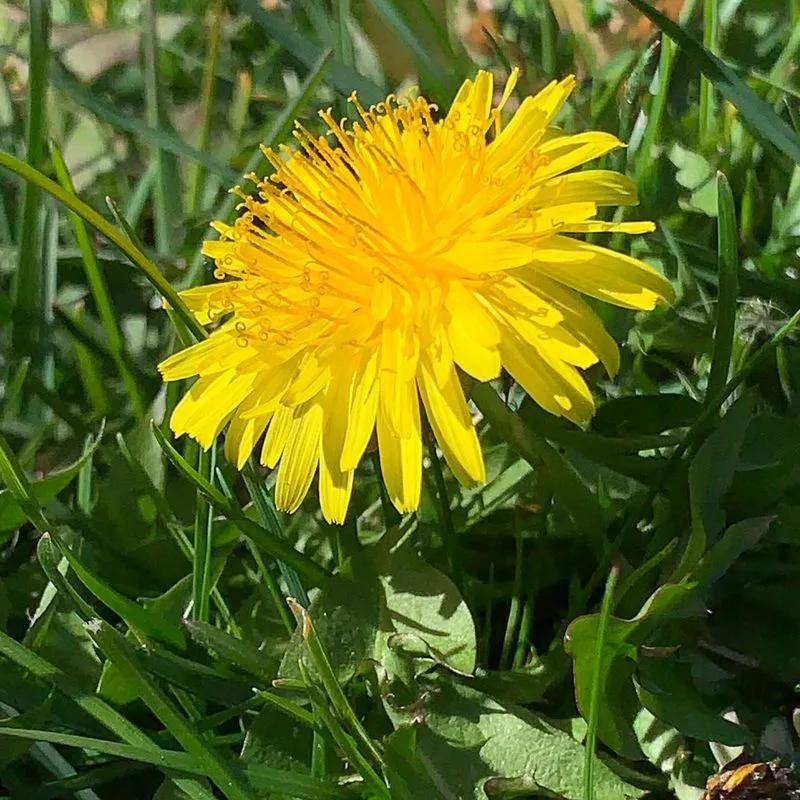
Often dismissed as a weed, dandelions boast vibrant yellow flowers that brighten up any patch of green. Their unmistakable seed heads invite childhood wishes, a nostalgic nod to their playful nature.
Resilient and adaptable, they thrive in various environments, from lawns to garden beds. Beyond their sunny appearance, dandelions offer edible leaves and roots, cherished for their nutritional value. They’re more than just a fleeting childhood memory; they’re a testament to nature’s ability to blend joy and practicality seamlessly.
Purple Loosestrife
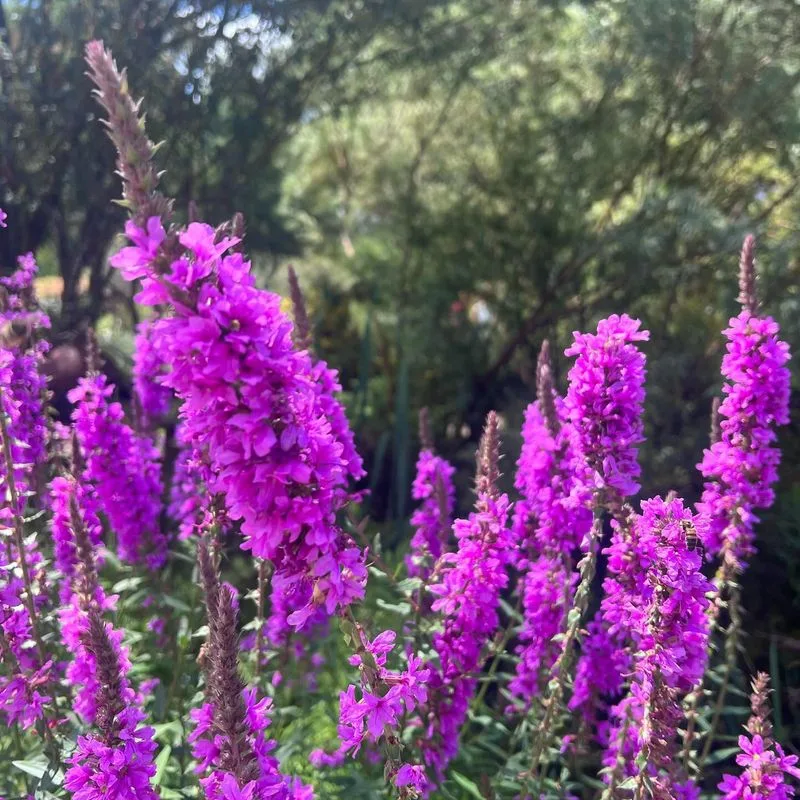
Purple loosestrife is a vision of magenta spikes that stand tall in wetlands and gardens alike. While its beauty is undeniable, this perennial is notorious for its invasive nature, spreading wherever it lands.
Despite its vigor, it’s cherished for bringing a vivid splash of color to damp areas. It supports local wildlife by providing habitat and food. Its dual nature—both a blessing and a challenge—captivates gardeners who appreciate its wild spirit. With careful management, it’s a striking addition to water gardens.
Periwinkle
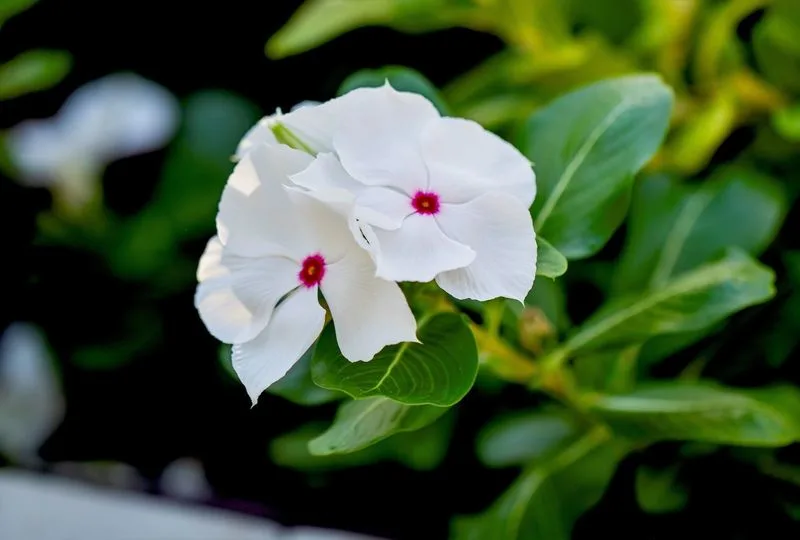
Periwinkle weaves a soft carpet of blue-violet blooms across shaded areas, offering a tranquil escape. This evergreen perennial is renowned for its ground-covering prowess, spreading effortlessly even in less-than-ideal conditions.
Its glossy leaves remain vibrant throughout the year, providing a steady backdrop to its delicate flowers. Often found cascading over walls or under trees, periwinkle is a versatile plant that requires minimal attention. It’s the ideal choice for those wishing to fill bare garden spots with continuous, serene beauty.
Borage

Borage sparkles with starry blue flowers that catch the eye and attract pollinators. Known for its cucumber-flavored leaves, this herb is a gardener’s companion, seamlessly blending visual appeal with culinary use.
Hardy and self-seeding, borage establishes quickly and requires little maintenance, making it a staple in herb gardens. Its blossoms are edible, adding a burst of color to salads and drinks. This plant embodies the fusion of beauty and utility, thriving effortlessly while offering delight in both form and function.

